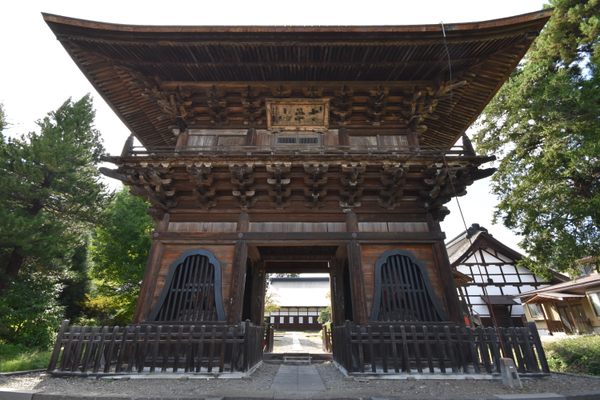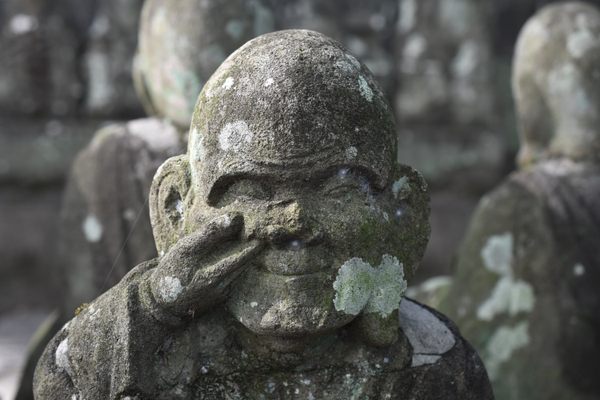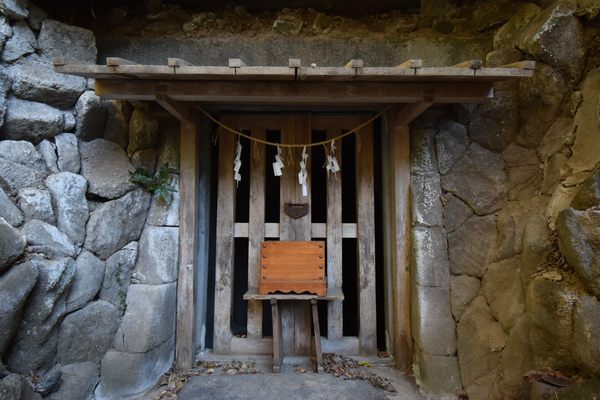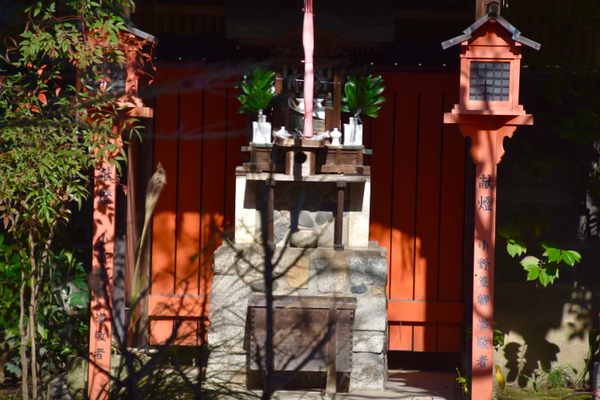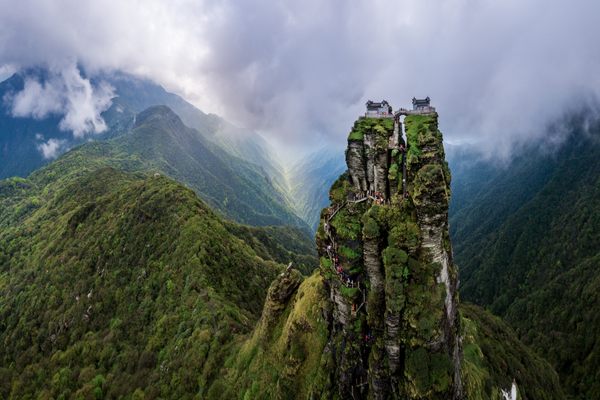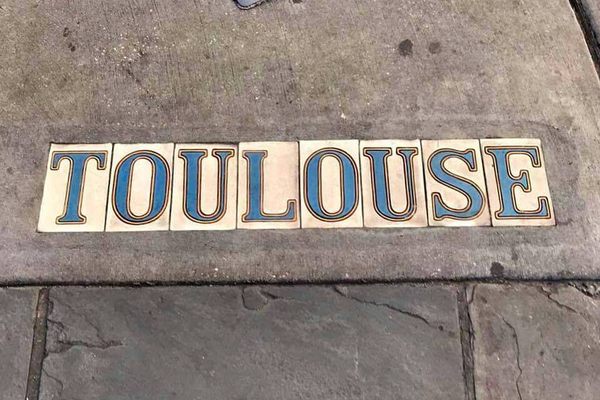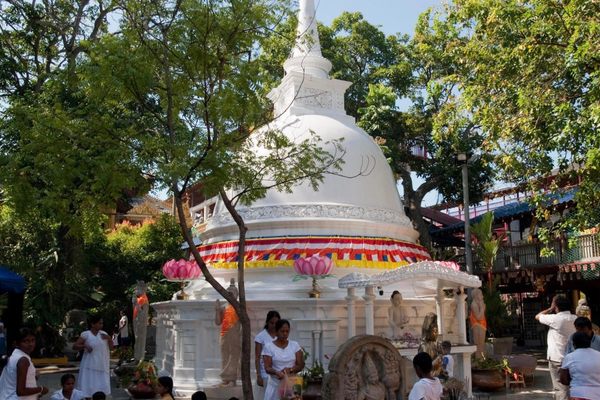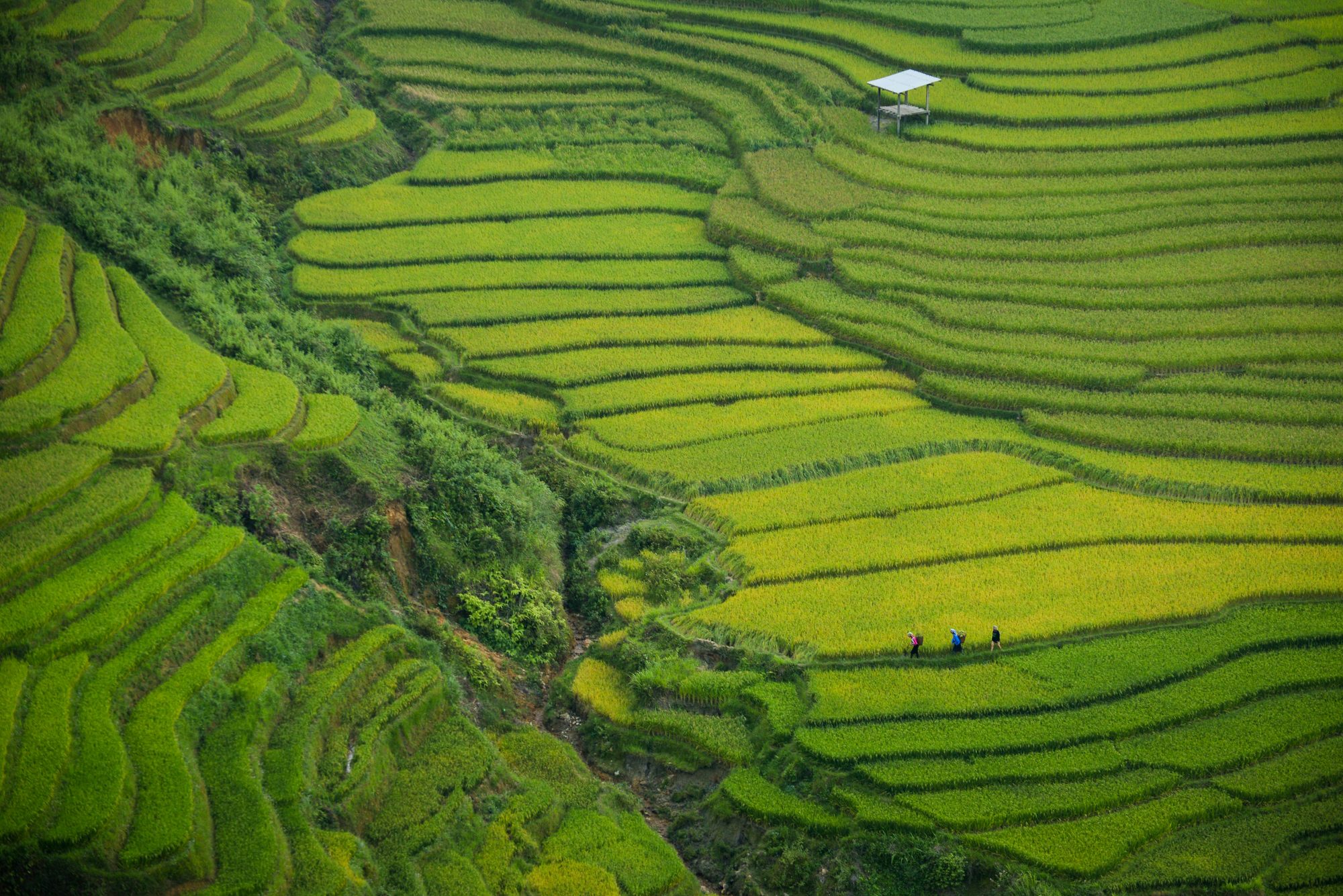About
Just south of the historic center of Hirosaki is a unique street that seems to slip off the regular tourist radar. Zenringai (or Zenrin sanjūsan-ka-ji), which translates to the "forest of Zen temples," is just what its name suggests: an avenue with 33 Japanese Buddhist temples, all part of the Sōtō school of Zen.
While temple towns abound across Japan, it is rare for Buddhist temples of a single sect to be condensed in one neighborhood like this. It started out when daimyo lord Tsugaru Nobuhira relocated Chōshō-ji Temple here in 1610 to coincide with the construction of his Hirosaki Castle. Later, more temples were built in the area to spiritually protect the castle, creating a unique district.
Zenringai's centerpiece is Chōshōji Temple Hondō, which stands proud at the end of the street. Believed to have survived from the time of its relocation, its hondō (main building) is one of the oldest of its kind, while its sanmon gate is almost as old, dating back to 1629.
In 1954, one of the lords of the Tsugaru clan was found naturally mummified in the temple cemetery and held here until 1995, when the body was finally cremated.
Other notable structures on the Zen Temple Street include the Black Gate, which was constructed between 1677 and 1687, and the Sazae-dō (turbanshell pavilion), a stunning octagonal hall in which a Kannon statue is enshrined, one of the only two surviving examples in the region.
Related Tags
Hidden Japan: Sado Island, Nara & Kyoto
Explore a different side of Japan.
Book NowCommunity Contributors
Added By
Published
April 9, 2025
